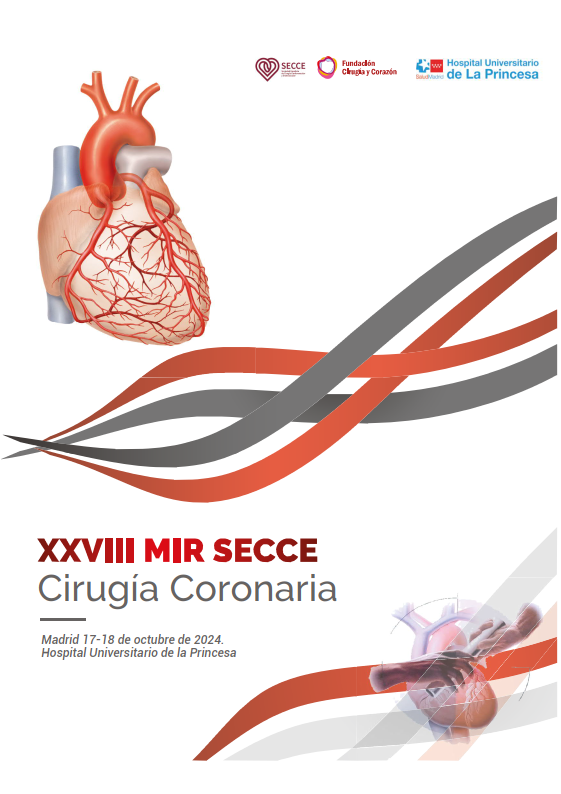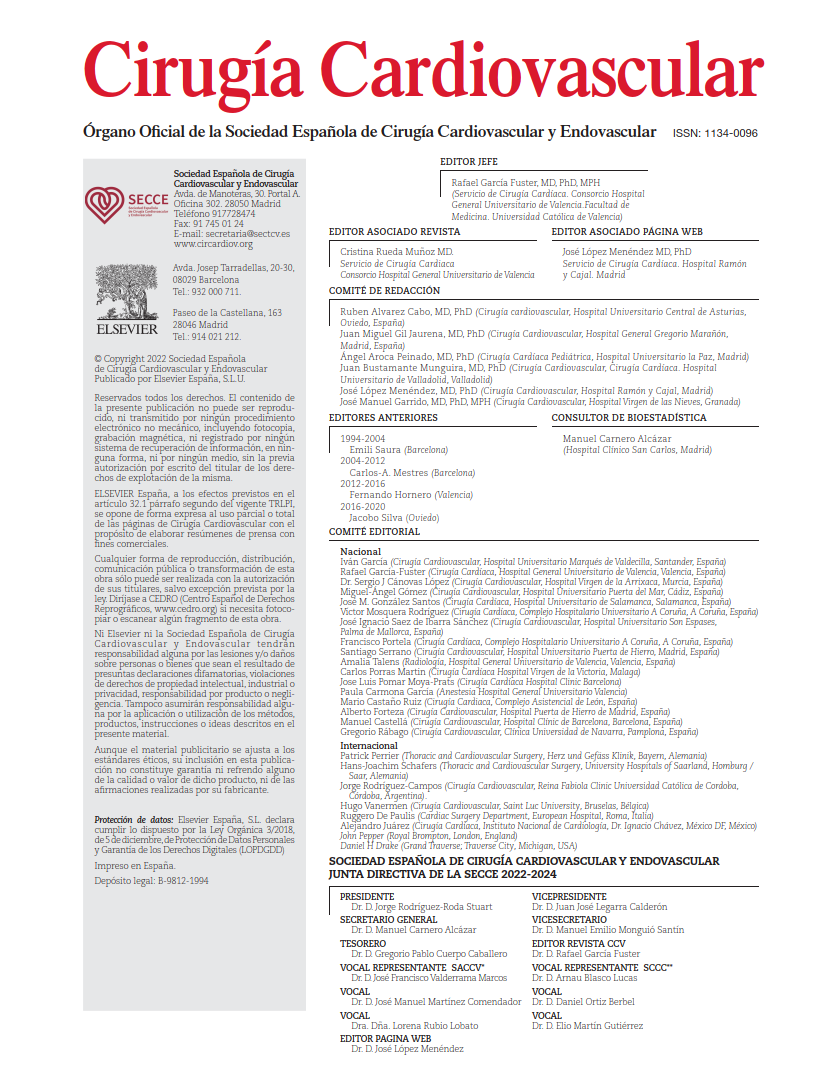Del Nido cardioplegia (DNC), first introduced by Dr. Pedro Del Nido in 1994 at Boston Children’s Hospital, was initially developed for pediatric cardiac protection but has been increasingly applied to adult patients over the last decade. DNC is a blood-based solution in a 1:4 ratio, with Plasmalyte A as its base, enriched with K+ and NaHCO3, along with Mg+2 and lidocaine as membrane stabilizers. This composition limits Na+ and Ca+2 entry into the myocyte after aortic unclamping, promoting energy repletion and the removal of anaerobic metabolites, thereby reducing ischemia-reperfusion injury.
In this article, Waterford et al. conduct a non-systematic literature review aimed at addressing frequently raised questions regarding DNC usage in adult patients. Their framework follows a question-and-answer format, summarized below:
What is the best clinical method for evaluating the quality of myocardial protection today?
The authors note that studies assessing DNC’s protective effects focus on postoperative troponin measurements (at 2, 12, and 24 hours postoperatively), inotropic support requirements, and contractility as observed via transesophageal echocardiography (TEE). However, they suggest that prospective, randomized studies are needed to include CK-MB determinations and contractility measurements before and after surgery, using both TEE and magnetic resonance imaging (MRI).
When should the Del Nido dose be repeated, and what amount should be used for maintenance dosing?
The authors indicate that the standard dose is 1000 mL for 90 minutes of clamp time. In cases where surgeries may be prolonged, evidence suggests that a second dose of 500 mL is safe, particularly in low-risk patients. However, they warn of the risk of lidocaine cardiotoxicity from successive doses, recommending a switch to blood cardioplegia (e.g., Buckberg) in coordination with the perfusionist if additional doses are needed.
Is Del Nido suitable for all cases? Are there any specific considerations?
There appears to be insufficient evidence for its suitability in patients with low preoperative left ventricular ejection fraction, right ventricular dysfunction, or anticipated prolonged clamp times. In such cases, alternatives like HTK may be recommended if single or limited doses of cardioplegia are desired.
Should topical cooling be applied concurrently when using Del Nido?
The authors find no evidence on this aspect and suggest that, when changing cardioplegia solutions, it is reasonable to maintain the usual protocol regarding topical cooling.
Can Del Nido be administered retrogradely in patients with aortic insufficiency?
In these cases, a retrograde route combined with effective intermittent antegrade delivery appears to be a safe option. The authors also advise against continuous retrograde administration, even in a 4:1 format, to avoid lidocaine overdose.
COMMENTARY:
The authors’ approach is of great interest; however, several methodological limitations must be considered. This is an expert review focused on 21 references, lacking major meta-analyses that might provide a broader perspective on DNC’s value in various aspects.
Gambardella et al., in a meta-analysis involving 5516 patients, reported that DNC reduces clamp and cardiopulmonary bypass times, incidence of reperfusion fibrillation, and postoperative troponin peak compared to multidose cardioplegia and HTK. Similarly, a meta-analysis by Misra et al. confirms these observations, adding that compared to patients treated with blood cardioplegia (Buckberg), those treated with DNC received lower cardioplegia doses, exhibited better glycemic control, and required fewer blood product transfusions.
On the other hand, the experience of our center, with over 4000 patients treated with DNC, including cardiac transplants, aligns with findings by Sanetra et al. Their propensity-matched analysis demonstrated that DNC is an appropriate alternative to cold blood cardioplegia in patients with impaired contractility and complex surgeries, showing lower troponin release and improved postoperative left ventricular ejection fraction. Additionally, other studies have observed that, compared to HTK and blood cardioplegia, DNC is associated with reduced release of myocardial injury biomarkers and apoptosis in pediatric patients.
While further evidence on DNC’s use in high-risk patients and prolonged surgeries requiring redosing is still necessary, it appears that this cardioprotective strategy may be optimal for a substantial range of procedures, provided meticulous administration ensures uniform distribution of the solution across the myocardium.
REFERENCE:
Waterford SD, Ad N. Del Nido cardioplegia: Questions and (some) answers. J Thorac Cardiovasc Surg. 2021 Nov 27(21)01676-7. doi: 10.1016/j.jtcvs.2021.11.053.



